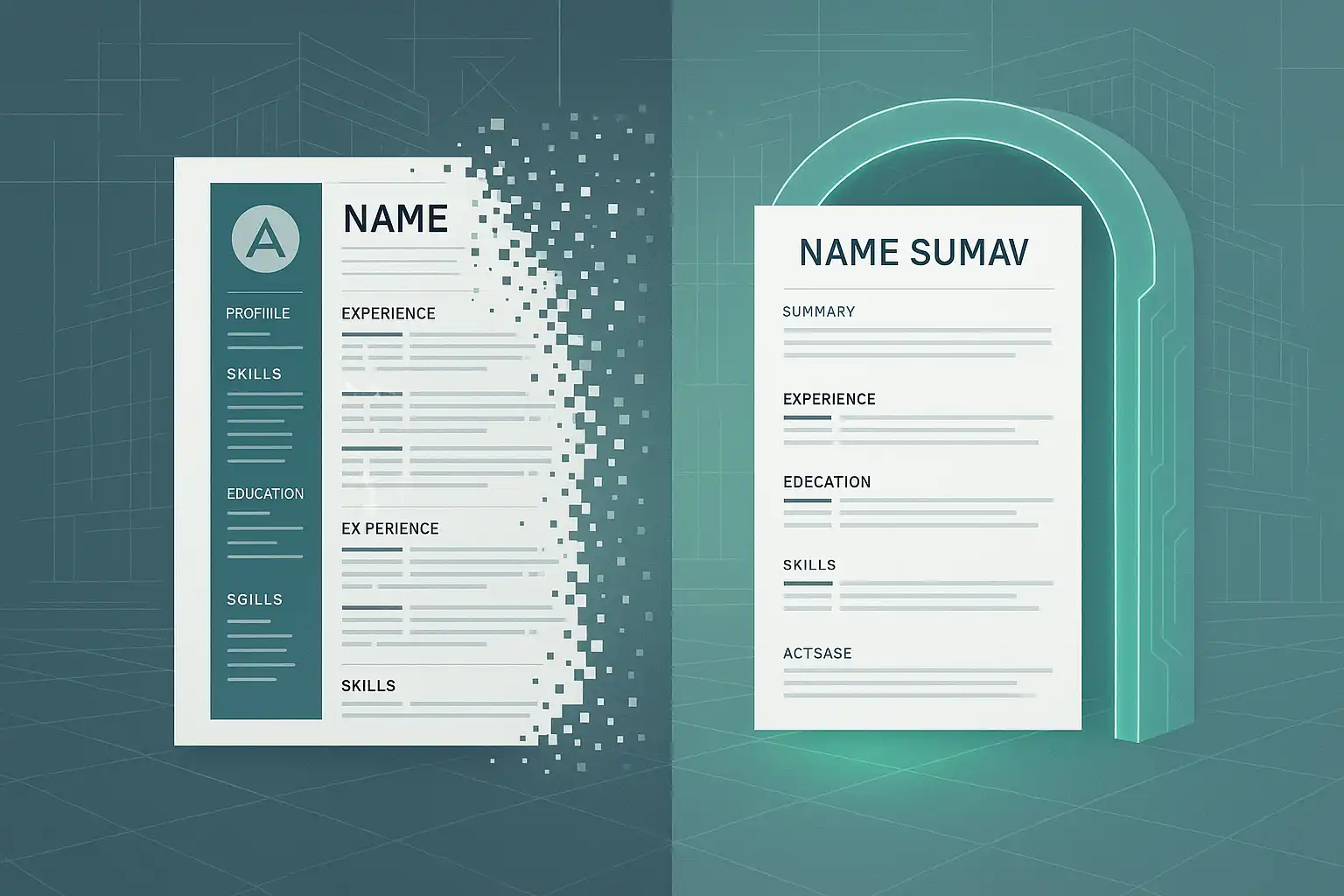- Home
- Articles
- Architectural Portfolio
- Architectral Presentation
- Inspirational Stories
- Architecture News
- Visualization
- BIM Industry
- Facade Design
- Parametric Design
- Career
- Landscape Architecture
- Construction
- Artificial Intelligence
- Sketching
- Design Softwares
- Diagrams
- Writing
- Architectural Tips
- Sustainability
- Courses
- Concept
- Technology
- History & Heritage
- Future of Architecture
- Guides & How-To
- Art & Culture
- Projects
- Interior Design
- Competitions
- Jobs
- Store
- Tools
- More
- Home
- Articles
- Architectural Portfolio
- Architectral Presentation
- Inspirational Stories
- Architecture News
- Visualization
- BIM Industry
- Facade Design
- Parametric Design
- Career
- Landscape Architecture
- Construction
- Artificial Intelligence
- Sketching
- Design Softwares
- Diagrams
- Writing
- Architectural Tips
- Sustainability
- Courses
- Concept
- Technology
- History & Heritage
- Future of Architecture
- Guides & How-To
- Art & Culture
- Projects
- Interior Design
- Competitions
- Jobs
- Store
- Tools
- More
When is the Best Time to Apply for an Architecture Internship?

Navigating the world of architecture internships can be tricky, but timing can make all the difference. As students, we often wonder when the ideal moment is to seek out these invaluable opportunities. Internships offer us the chance to gain practical, hands-on experience, allowing us to hit the ground running after graduation.
Balancing an internship with other responsibilities, like part-time jobs, can be challenging but rewarding. For instance, interning during the day and working as a waiter at night can help us save up while gaining crucial industry experience. The best time to find an architecture internship varies for everyone, but understanding our personal and professional goals can guide us to make the right choice.

Table of Contents
ToggleUnderstanding the Architecture Internship Timeline
Choosing the Right Time to Apply
Identifying the optimal period to apply for architecture internships involves aligning with the academic calendar and industry cycles. Many firms start looking for summer interns as early as January, so initiating your search at the beginning of the year increases your chances. For fall and spring internships, aim to apply at least three to four months in advance. If you’re balancing work and studies, consider interning during school breaks to avoid schedule conflicts.
Key Dates and Deadlines for Applications
Internship applications typically follow a structured timeline. An early start can provide a competitive edge. Key dates include:
- January – March: Firms begin seeking summer interns. Students should start applying early in the year.
- April – June: Spring semester ends, and application results arrive. Final decisions and interviews occur.
- July – August: Last-minute opportunities may arise. Prep for fall deadlines.
- September – November: Recruitment for fall internships. Balance applications with semester workload.
- December: Prepare resumes and portfolios for the upcoming year’s applications.
Adhering to these dates enhances your chances of securing a valuable architecture internship.

Preparing for Your Architecture Internship
Building a Strong Portfolio
A robust portfolio is essential for securing an architecture internship. Include a variety of work samples such as sketches, renderings, and completed projects to demonstrate your versatility. Quality trumps quantity; select pieces that showcase your best skills and creativity. Highlight any architectural work that involved real-world applications, as practical experience stands out to potential employers.
Enhancing Your Resume Before Applying
Your resume plays a critical role in the application process. Focus on relevant experiences, like internships, part-time jobs, or volunteer work tied to architecture. Clearly list your educational background, including any special courses or workshops related to the field. Tailor your resume to the specific internship by emphasizing skills and experiences that align with the job description. Additionally, include any software proficiencies, such as AutoCAD or SketchUp, as technical skills are highly valued in architecture internships.
Navigating the Application Process
Steps to Apply Successfully
Applying for architecture internships involves several key steps to maximize success. First, research companies and firms that align with our career goals and interests. It’s vital to understand their work culture, ongoing projects, and internship programs. Next, prepare a strong portfolio. Our portfolio should include diverse work samples that demonstrate a wide range of skills and practical experience. Each piece should be accompanied by a brief description detailing our role and the project’s significance.
Then, tailor our resume and cover letter to each specific internship we’re applying for. Highlight relevant experiences, educational background, and technical abilities such as AutoCAD or SketchUp. Our cover letter should express our genuine interest in the firm and how our goals align with theirs.
Networking is another crucial step. Connect with professionals through industry events, social media platforms like LinkedIn, and academic channels. Reaching out to alumni and professors can also provide invaluable guidance and connections.
Lastly, submit our application well in advance. For summer internships, it’s best to apply early in the academic year. Apply three to four months ahead for fall and spring internships to ensure we don’t miss deadlines and can balance our academic commitments.

Common Challenges and Solutions
One common challenge in the application process is standing out among numerous candidates. To address this, ensure our portfolio showcases unique and innovative projects. Personalize each application to reflect our genuine interest in the firm and its work.
Another challenge is managing deadlines and requirements for multiple applications. Use a spreadsheet or project management tool to track application dates, requirements, and statuses. This helps keep our process organized and ensures we don’t miss important deadlines.
Balancing internship applications with academic responsibilities can be difficult. Start working on applications during breaks or less busy periods to avoid conflicts with critical academic deadlines.
Networking can also be intimidating for many applicants. Practice our networking skills by attending industry events, joining professional organizations, and engaging in online discussions in architecture forums.
By proactively addressing these challenges, we can navigate the application process effectively and increase our chances of securing a valuable architecture internship.
The Importance of Summer Internships in Architecture
Practical Experience and Career Advantages
Summer internships offer architecture students invaluable practical experience. These internships bridge the gap between academic knowledge and real-world application. By working on actual architectural projects, interns gain skills that can’t be taught in classrooms. Our experience shows that interns who engage in meaningful tasks, not just busy work, have a competitive edge in the job market. Additionally, summer internships often lead to networking opportunities, providing connections that can be crucial when starting a career in architecture.
How to Make the Most Out of Summer Internships
To maximize the benefits of a summer internship, actively seek challenging assignments. Interns should communicate with supervisors to ensure they are contributing to important projects. For instance, handling drawings or transferring comments between original sets demonstrates responsibility and enhances technical expertise. Balancing an internship with other jobs, such as being a waiter at night, can also help save money for personal goals.
Summer internships are crucial for gaining practical experience and career advantages in architecture. By making the most out of these opportunities, students can significantly enhance their skills and professional network.

Conclusion
Architecture internships offer immense value for high school and college students. When choosing the best time to apply, aim for summer to maximize exposure and hands-on experience. For summer internships, start applying as early as possible, ideally three to four months before the semester ends. For fall and spring internships, the same lead time applies to ensure placements.
Building a strong portfolio is critical. Include diverse work samples and highlight relevant experiences. Enhance your resume with technical skills like AutoCAD or SketchUp. These elements make you more attractive to potential employers.
Engage actively during the internship. Seek opportunities to perform actual architectural tasks instead of busy work. This helps you gain meaningful experience and understand the field better. Networking with professionals can open doors to future job opportunities.
Balancing internships with other jobs, like working as a waiter at night, can help you save for personal goals without compromising your learning experience. Remember, internships are often unpaid or offer small stipends, especially for high school students. The primary aim is to learn and get a sense of direction for your education and career.
Be sensitive to the firm’s financial sacrifices. Recognize that senior staff time is valuable. Yet, appreciate that the firm chose to invest in you. Be respectful and grateful, even if the work seems mundane. Demonstrate enthusiasm in all tasks assigned.
Taking these steps ensures you maximize the benefits of your architecture internship. Prepare early, build a strong portfolio, engage meaningfully, and balance your commitments. This strategic approach helps you lay a solid foundation for a successful architectural career.
- application process for architecture internship
- applying for architecture internships
- architecture intern application period
- architecture internship application
- architecture internship application deadline
- architecture internship guide
- architecture internship timeline
- Architecture Internship Tips
- best season for architecture internships
- best time for architecture internship
- how to apply for architecture internship
- when to apply architecture intern
A licensed architect with hands-on studio experience, I translate complex design ideas into clear, engaging stories for a global audience. As a seasoned content writer and editor, I craft articles, project features, and thought-leadership pieces that illuminate emerging technologies, sustainable practices, and cutting-edge design trends—always with an architect’s eye for detail, accuracy, and narrative flow. My goal is to bridge practice and publication, giving fellow professionals and curious readers alike the insight and inspiration they need to push architectural boundaries.
Submit your architectural projects
Follow these steps for submission your project. Submission FormLatest Posts
How Architects Can Pick the Perfect AI Resume Builder—A Practical Buyer’s Guide
Nearly every major architecture firm now routes applications through an applicant tracking...
Brand Strategy for Architects and Designers
Today, architects and designers must build strong brands that reflect their vision...
Why Students Choose to Study Architecture: Unpacking Passion and Career Opportunities
Explore the compelling reasons students choose to study architecture in this insightful...
Architecture Salary: How Much Do Architects Earn in 2025?
Discover the diverse salary landscape in architecture! From entry-level roles to leadership...












Leave a comment